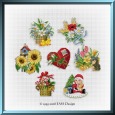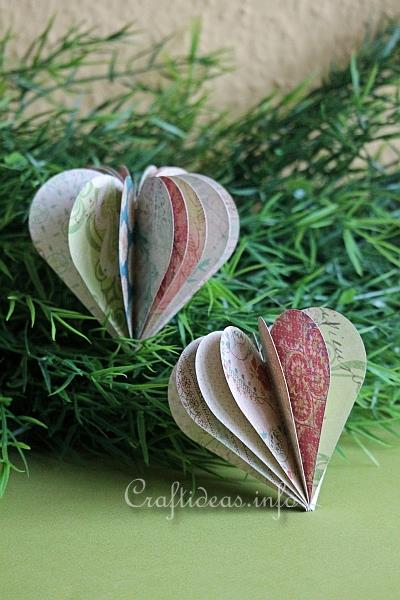Have you ever wondered how quilt blocks are named?
As you look through a book with hundreds of quilt blocks, several interesting things pop up. You will probably discover quilt blocks with a different design while having the same name. Likewise, you will find quilt blocks that look the same yet have different names.
How did this happen? And what is the inspiration for naming quilt blocks in the first place?
A look at history and understanding life in the early years of America are particularly useful to answer these questions.
Since early Americans were driven from England to gain religious freedom, they continued to be very religiously minded in the New World.
All day Sunday was spent at church for both religion and social time. The morning and afternoon sermons were divided by an hour-long lunch break where families would share the events of the week while enjoying the peaceful meal.
Many quilts and quilt blocks reflected that religious devotion.
"World Without End," a quilt made during the Revolutionary time period, is a name lifted from the Book of Common Prayer. It was, and still is, a phrase familiar in every church, regardless of creed.
It's also interesting to see the range in complexity of making quilt blocks and quilts. The "Star of Bethlehem," "Jacobs Ladder" and "Job's Tears" represent quilts and blocks and were more studied designs. While the "Star and Cross" and "King David's Crown" were simpler and very popular for bed quilts.
In addition, early Americans were also very politically minded. Even though women couldn't vote, they were acutely aware of the importance of the politics of the day.
While originally the political efforts were directed toward economic freedom and relief from onerous taxes, later the politics shifted toward political freedom as well. After a century of local government, Americans were politically astute, and were dedicated to developing the machinery of a republic that would survive.
And the political conversations extended into the quilt blocks created during that time, enabling quilters to express opinions developed as they listened to the arguments of the day.
Even naming a quilt block stirred controversy. A block named "Whig Rose" and "Democrat Rose" created a debate as to which was the correct name - a debate not settled, maybe even today.
Politics and quilts continue to intertwine with "The Little Giant" being named after Stephen A. Douglas (from the Civil War era), the "Free Trade Block" (which has relevance today), "Fifty-four Forty or Fight" (from the early 1800s fight between the US and Canada over territory in the northwest territory) and "Tippecanoe and Tyler Too" (a campaign slogan during the Harrison presidential election in 1840).
The trades and occupations of the time also offered inspiration for quilt names. "The Anvil," "The Carpenter's Wheel," "The Churn Dash," and "The Water Mill" all came from women's familiarity with old-time callings.
"The Reel" was a block that represented the once universal occupation of women - spinning. The Reel was used to wind thread onto skeins.
Outdoor life provided more inspiration for quilt block names. Take, for example, "Flying Bats." Bats were once very common, and without screens in open windows, bats would be attracted to the light inside houses. Once inside, blinded by the light of the lamps, the bats flapped and banged against walls and the ceiling while women ducked and screamed while small boys made a game of chasing them.
Since the sun, candles and oil lamps were the only source of light, the pioneers relied on the natural light of day for most of their activities. Industrious folk rose early and were able to witness the glory of every sunrise. It wasn't too unusual that "Rising Sun" quilts would be created.
There are two different methods of making this intricate pattern, both reserved for expert quilt makers.
In sharp contrast, quilt blocks representing the setting sun are much simpler. A Block like "Setting Sun," also known as "Indian Summer" took some skill, since it includes triangles on a curve, yet was not as complex as the Rising Sun.
Maybe the contrast represented the difference in the level of energy of a quilter between the early morning rising and the end of the day, having completed a full day's work.
Many designs were specific to their community of origin. And as they migrated away from the community, their form changed. Since there were no printed patterns at the time, duplication of the design depended on copying the pattern by looking at an existing quilt, remembering the design having seen it previously, or understanding a verbal description of the quilt block.
Any of these methods could result in the proportions of the shapes within the block changing, therefore changing the overall look of the quilt; and a new block design with the same name was born, even though the quilter thought she was duplicating the quilt block exactly.
What will be the inspiration for the quilt block you design?


































